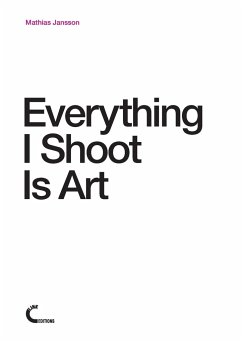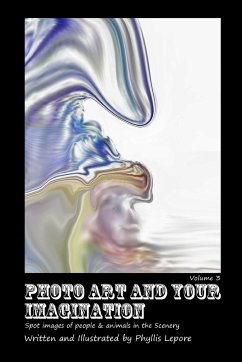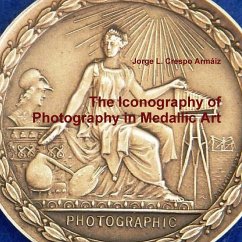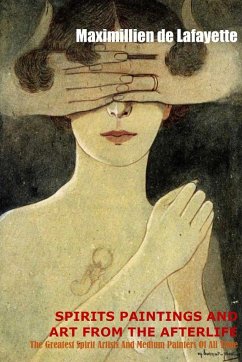
Art Perception
Versandkostenfrei!
Versandfertig in 1-2 Wochen
18,99 €
inkl. MwSt.

PAYBACK Punkte
9 °P sammeln!
A complex and fascinating question is why do humans have such strong emotional reactions and human connections to art? Why do viewers become scared, even haunted for days, by a movie monster they know doesn't exist? Why do humans become enthralled by distorted figures and scenes that aren't realistic? Why do viewers have emotional attachments to comic book characters? The answer lies in that, while humans know art is human made artifice, they view and decipher art using the same often nonconscious methods that they use to view and decipher reality. Looking at how we perceive reality shows us h...
A complex and fascinating question is why do humans have such strong emotional reactions and human connections to art? Why do viewers become scared, even haunted for days, by a movie monster they know doesn't exist? Why do humans become enthralled by distorted figures and scenes that aren't realistic? Why do viewers have emotional attachments to comic book characters? The answer lies in that, while humans know art is human made artifice, they view and decipher art using the same often nonconscious methods that they use to view and decipher reality. Looking at how we perceive reality shows us how we perceive art, and looking at how we perceive art helps show us how we perceive reality. Written by the prominent art historian and philosopher Cycleback, this book is a concise introduction to understanding art perception, covering key psychological, cognitive science, physiological and philosophical concepts.














